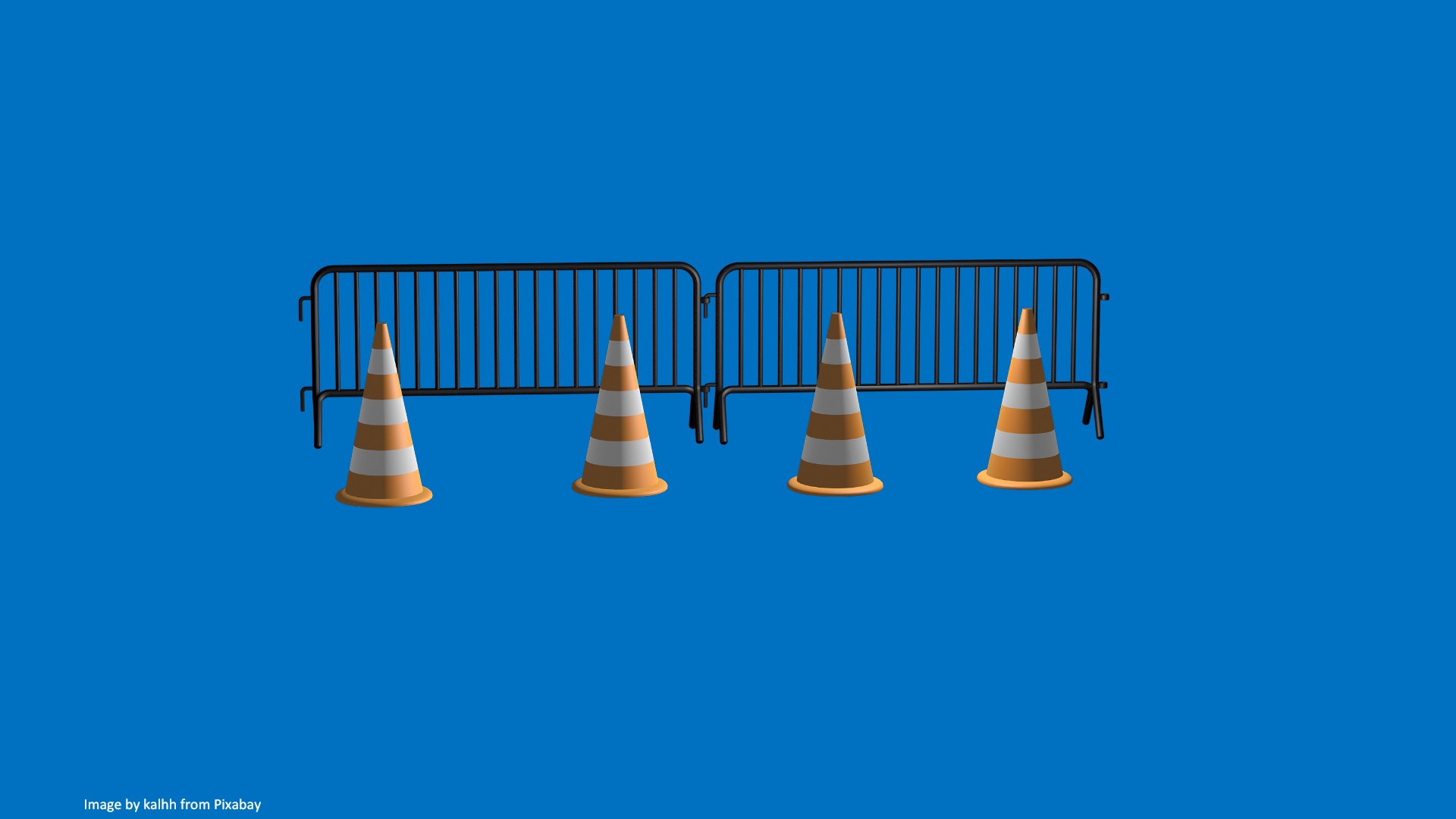Sparks to fire up your innovation combustion

This coaching session discusses how to address barriers for innovation.
Starring: Inna (Innovation Leader in a large Pharma corporation) and Wim (coach for Innovation Leaders). [Transcription far below]
Click to start video
Click on arrows to enlarge
A new, short video clip is being launched every Wednesday. To get new ones in your e-mail, subscribe for free on this page.
You can also find 25 more clips and 100 of my written blogs here: web , LinkedIn , YouTube , Twitter.
.
.
Are you looking for a personal innovation coach?
- Do you want a soundboard, a sparring partner?
- Do you want to run an idea by a passionate outsider?
- Did you just start an innovation program or want to improve it?
- Do you need practical ideas to stimulate innovation?
- Do you want tips on how to manage an innovation portfolio?
If yes, I’m ready to help you!
- I believe in KISS: Keeping Innovation Super Simple. High focus on passion, low focus on processes.
- I have coached more than 50 innovation leaders across the globe in Pharma/healthcare.
- I work as independent coach: per hour or as long as you consider valuable.
- You can reach me (Wim Vandenhouweele) at wimvand@outlook.com
.
.
Transcript
Inna:
⁃ Hi Wim. I observe that there are many reasons why innovators do not succeed in my company…
Wim:
⁃ What are some of the barriers innovators encounter?
Inna:
⁃ No time, no resources, lack of specific expertise, legal issues, no management support, fear of failure, … to name a few.
Wim:
⁃ These are all very relevant barriers. It’s easy to get overwhelmed when you take on too many barriers at once. I would keep it very simple. Just address one barrier for Innovation at a time.
Inna:
⁃ That makes sense. How do I approach this?
Wim:
⁃ That may depend on how mature innovation is in your organization. If you just start out with innovation, you could begin by creating an Innovation Challenge. This would help identify employees who have innovative solutions that address key business challenges. Then you could select the most relevant innovations – these may be innovations that range from just ideas to some that already have moved through experimentation. You can then track their progress. This will allow you to observe the barriers: the reasons why innovators fail or struggle to reach full scaling.
Inna:
⁃ How do I prioritize the barriers?
Wim:
⁃ You can make a list of the barriers and split them in 2 groups: One group of barriers that are easy to solve, which will provide you with quick wins. This will encourage the innovators, as they will see that “something is happening”. The other group are the more difficult barriers, which may take more time to solve.
Inna:
⁃ And what if I am already in a more mature Innovation stage?
Wim:
⁃ In that case, you could interview your network: local innovation leaders, innovators, managers of innovators, senior leaders, etc. That will provide you with a list of barriers. Again, you could make 2 lists of the most mentioned barriers: One group of barriers that have a potential high impact. These you may want to focus on first. The group of lower impact barriers can be addressed later.
Inna:
⁃ That’s indeed practical! Easy (vs. difficult) barriers. High impact (vs. low impact) barriers.
.
.
.